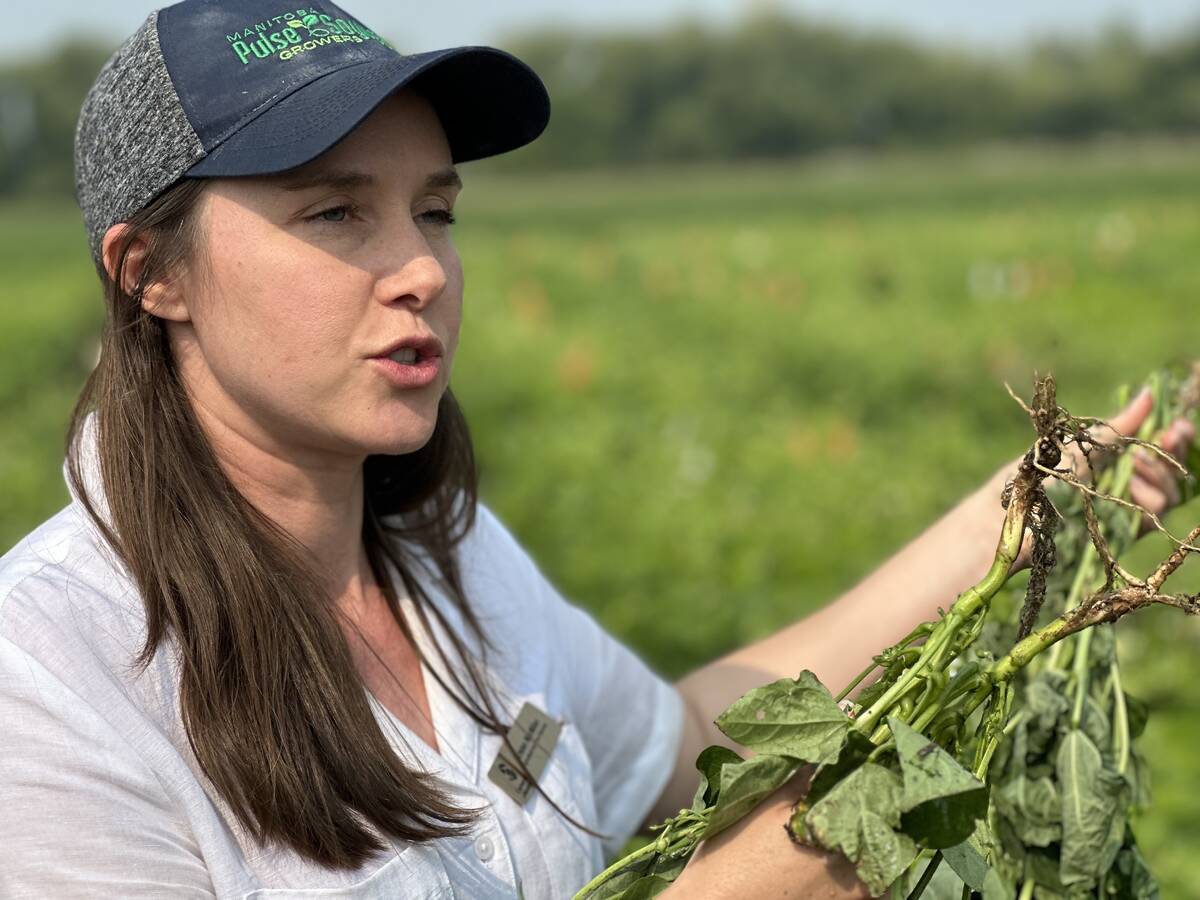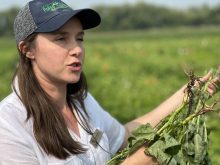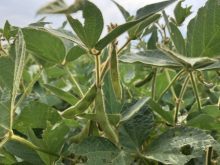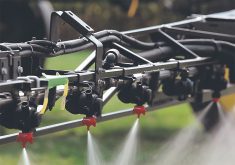Funding is now fully in place for a world class, highly secure biology laboratory in Saskatoon.
Last week the federal government committed $25 million to the International Vaccine Centre, which is the final piece in the centre’s $110 million development budget.
Also known as Intervac, the centre will be attached to the University of Saskatchewan’s Vaccine and Infectious Disease Organization, which VIDO and Intervac director Lorne Babiuk called an ideal situation, considering that most of the emerging human diseases start out in animals, often livestock.
Intervac has been in development for several years and despite the plan to break ground this spring, Babiuk said he wasn’t taking the last $25 million in funding for granted.
Read Also

Lower nitrogen rates in dry beans could pay off for farmers
Manitoba research is testing whether reduced nitrogen fertilizer in dry beans can maintain yields while cutting costs and lowering greenhouse gas emissions.
“You can’t bank on it until it’s in the bank. Now we can say we’re going to start pouring concrete this year.”
Due in part to the high biological security of the design, Babiuk said planning and construction takes more time than a typical facility.
“Each hole in a wall is carefully evaluated,” he said.”It’s not one of those buildings where you can just bore another one if you don’t get it right.”
Due to the need to contain some of the planet’s most dangerous pathogens, the facility’s design and construction are being reviewed and advised on by specialists from around the world.
“But Saskatoon is the right place with our university’s agricultural focus,” Babiuk said.
“Add to that a medical school, an engineering faculty and (VIDO) and we are the right place to tackle zoonotic disease research.”
The facility will be able to contain and do research on up to 180 cows and 5,000 chickens at a time, something no other comparable lab in the world can do. Secure partitions will make large or small research are possible.
Avian flu, Severe Acute Respiratory Syndrome and West Nile virus are diseases that will likely receive attention within the walls of Intervac.
But it is the unknown that will be what Intervac is really built to handle.
“This will be a flexible facility able to react rapidly to pandemics that haven’t happened yet.”
U of S president Peter MacKinnon said Canada will benefit dramatically from the facility.
“Intervac has been designed specifically to address diseases affecting both humans and animals, which account for 80 percent of all emerging infectious diseases,” he said.
Babiuk said Intervac’s administrative and physical design will attract “the best thinkers and dreamers from around the world to come here to use these unique facilities to do their experiments. Staff and students here will be working with the world’s best researchers. This will build Saskatoon’s capacity for research.”
Babiuk said when not reacting to new viral or bacterial threats, staff will be kept busy with existing diseases such as tuberculosis.
“TB isn’t a disease of our past,” he said.
“It killed more people last year than at any time in history. More than one million died of TB (in 2006). It’s a socioeconomic disease of the (poor) and a serious problem among Canada’s First Nations (people) and one of the diseases that we will be working on when the facility opens.”
Babiuk said he expects Intervac to begin performing experiments in January 2010.














